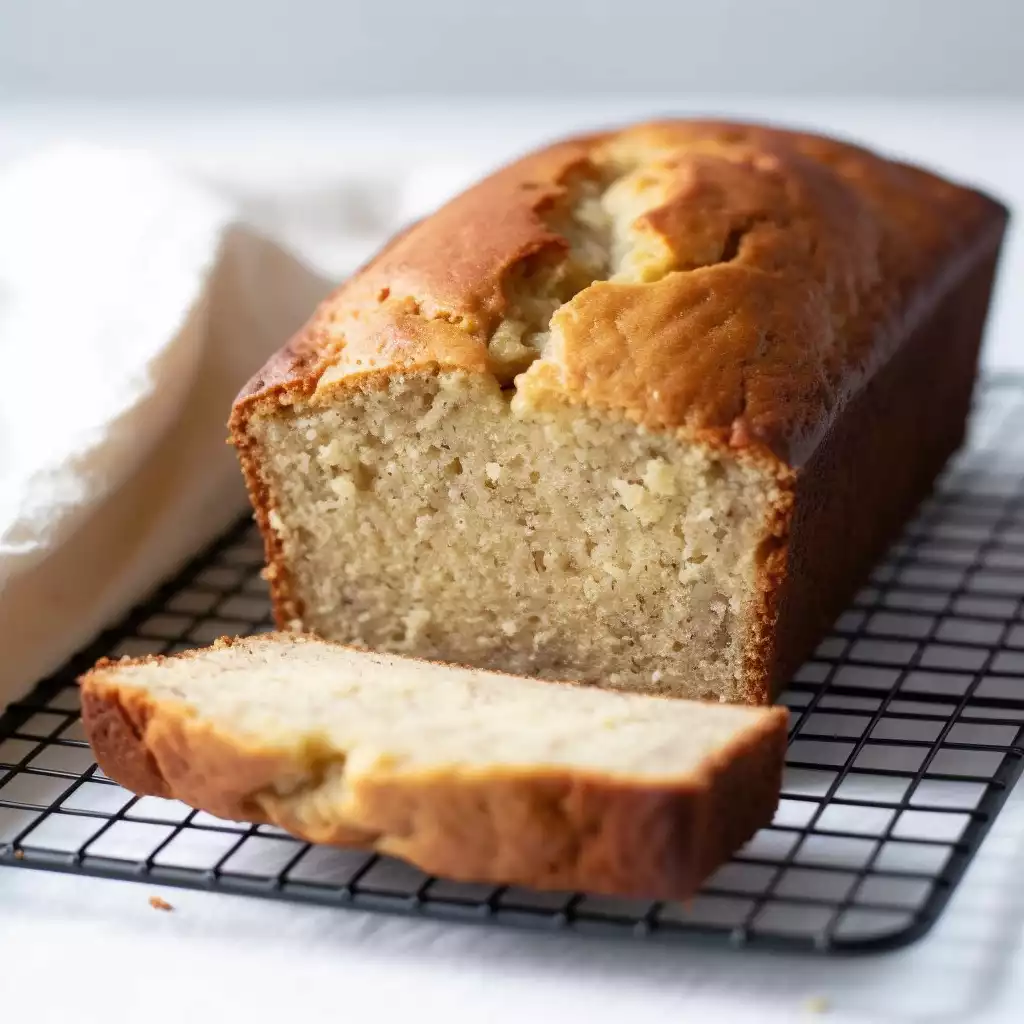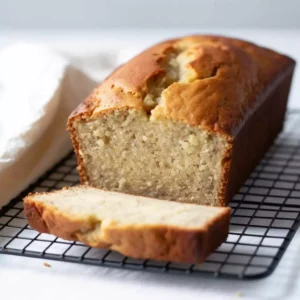
Banana bread is a classic treat loved by many for its comforting flavor and moist texture. Whether you’re a seasoned baker or just starting out, this recipe is sure to become a favorite in your kitchen.
Originating in the United States during the Great Depression, banana bread quickly became popular due to its simplicity and use of affordable ingredients. Today, it remains a beloved staple in households around the world.
Despite its humble origins, banana bread offers a delightful combination of flavors and textures. The sweetness of ripe bananas pairs perfectly with the rich, buttery taste of melted butter, while a hint of vanilla extract adds a warm, aromatic note.
With just the right amount of sugar and a touch of salt, each bite is perfectly balanced, making it suitable for any time of day.
While some recipes may seem daunting, banana bread is wonderfully easy to make, even for beginners. With just a handful of ingredients and simple instructions, you’ll have a delicious loaf ready to enjoy in no time.
Expert Tip: For added flavor, try adding a sprinkle of cinnamon or nutmeg to the batter before baking.
Expert Tip: Be careful not to overmix the batter, as this can result in a dense and tough loaf. Mix until just combined for a tender crumb.
Expert Tip: Use very ripe bananas for the best flavor and texture in your banana bread.
For the best flavor and texture, use very ripe bananas with brown spots on the peel. These bananas are sweeter and mash more easily, resulting in a moist and flavorful bread.
While you can use salted butter, it’s best to use unsalted butter in this recipe to control the amount of salt in the bread. If using salted butter, you may want to reduce the amount of additional salt added to the recipe.
To keep banana bread fresh, store it in an airtight container at room temperature for up to 3 days. Alternatively, you can wrap it tightly in plastic wrap and store it in the refrigerator for up to 1 week.
Yes, banana bread freezes well. Wrap the cooled loaf tightly in plastic wrap and aluminum foil, then place it in a freezer-safe bag or container. Freeze for up to 3 months. Thaw overnight in the refrigerator before serving.
Yes, feel free to customize the recipe by adding chopped nuts, such as walnuts or pecans, or chocolate chips to the batter before baking. Simply fold them in gently until evenly distributed.
Here are some more recipes for you to enjoy! If you my recipes don’t forget to rate and leave a comment.
If you have any recipe suggestions, please do not hesitate to ask me. A great way to stay in contact with me is through Instagram, Facebook, Twitter and YouTube. Don’t forget to tag me @CookwithNabeela in your recipe photos!

Subscribe now to receive my latest recipes directly in your inbox. Stay up-to-date and never miss out!

I love to cook! I want to share with you my favourite, delicious family-friendly recipes. I want to inspire you to create fantastic food for your family every day.
Add your first comment to this post